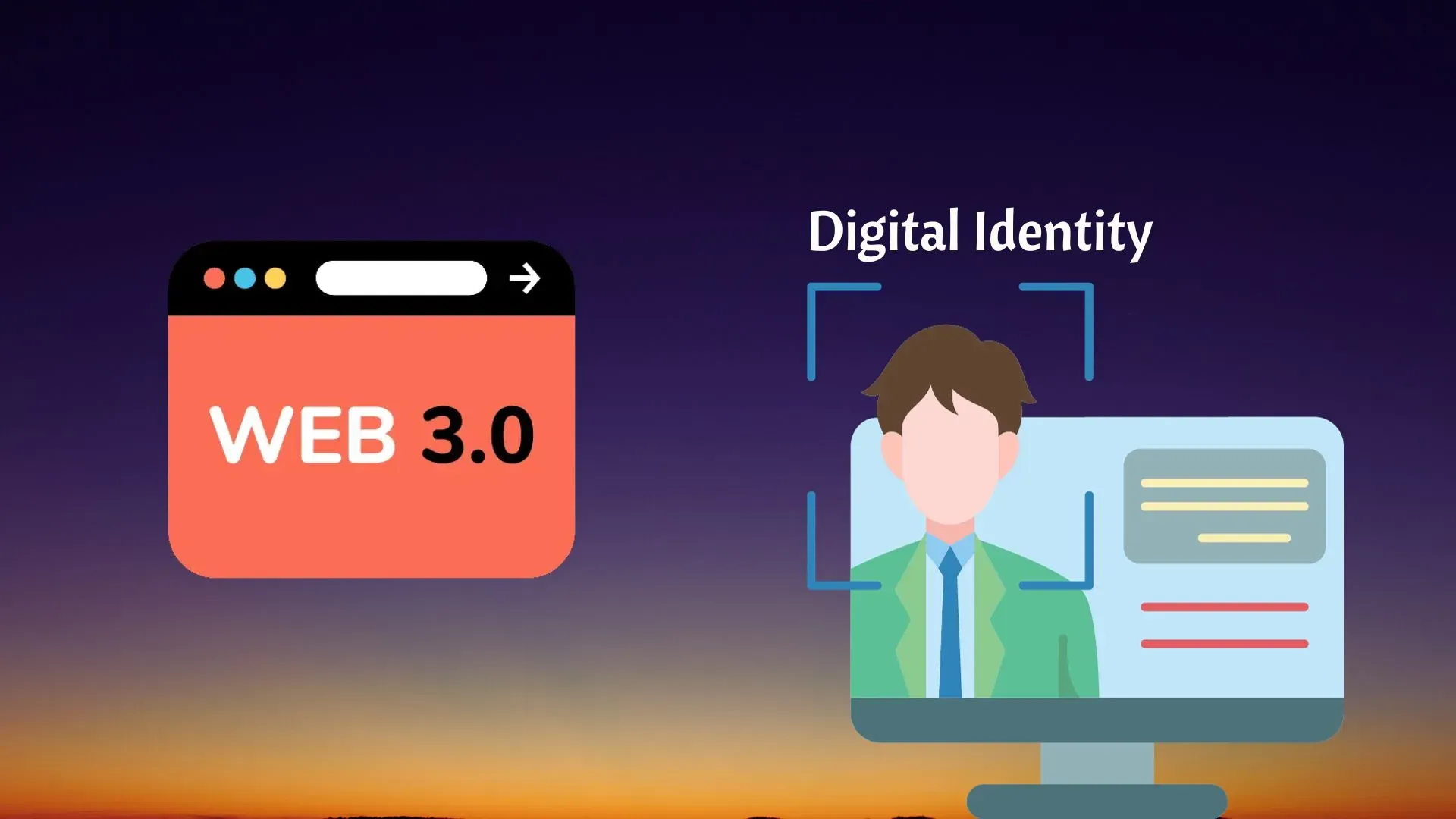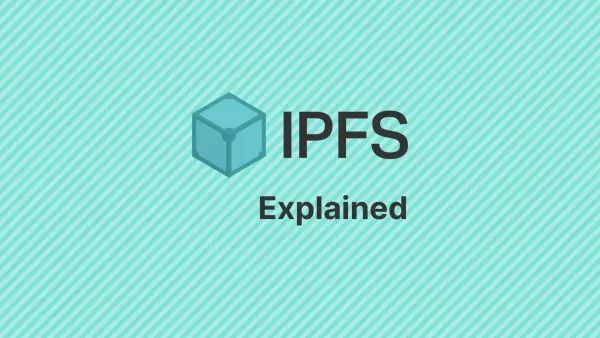The notion of digital identity is more important than ever in today's digital era, as our lives are increasingly interconnected with technology. Traditional centralized systems dominated the landscape, giving consumers little control over their personal information and making them vulnerable to violations of privacy.
The development of Web3 technology, on the other hand, marks an evolutionary change, enabling a decentralised and user-focused approach to digital identification. This concept shifts control of online identity from centralized technology giants to individuals, opening the door for a more safe, private, and empowering digital experience.
In this article, we will look at the idea of self-sovereign identity (SSI) and its importance in the Web3 environment.
What Is Self-Sovereign Identity?
Self-sovereign identity (SSI) refers to the digital movement that maintains a user's right to own and govern their own identity without the intervention of administrative authorities. With SSI, people may engage in online activities with the same degree of liberty and reliability that they do during real-world interactions.
The foundation of self-sovereign identification (SSI) is data privacy and security, together with making it simple for people to verify their credentials. These verified credentials are under the control of the user.
With Web3’s goal of decentralisation and increased data privacy, the idea of self-sovereign identification is crucial to its development.
Advantages of Web3 For Digital Identity
Web3 introduces the concept of self-sovereign identification (SSI), which transforms digital identity significantly. Individuals are empowered by SSI because they have total control and ownership over their personal data and digital identities.
1. Control And Ownership
Users in Web3 can build, maintain, and distribute their digital identities on their own. They no longer rely on centralized authorities or external intermediary to verify their identities.
Instead, people may be the only managers of their data, determining who has access to it and under what conditions. Individuals can safeguard their privacy and reduce the dangers connected with information leaks and identity theft by transferring control and ownership.
2. User-Centric
The digital identity of Web3 is based on a user-centric concept. It places the individual at the centre of the identity ecosystem, allowing them to establish their identity and decide whom they wish to share specific information with.
Users may choose to share data based on their interests and needs, increasing their privacy and control over their online presence.
3. Privacy
Privacy is emphasized in Web3 through the structures of decentralised systems. SSI uses cryptography to protect personal information and keep it private. The use of decentralised storage, such as blockchain, allows users to securely and safely store their identity information. Furthermore, individuals can protect their privacy by sharing just the essential characteristics and concealing unrelated personal information by using selective disclosure procedures.
4. Interoperable
SSI in Web3 fosters interoperability by allowing users to effortlessly use their digital identities across many apps and platforms. This removes the need for numerous accounts and the duplication of personal information for various services.
Users may take their digital identities with them and display them as needed on other sites. This interoperability and portability improve user ease, streamline procedures, and relieve users of the strain of managing several accounts and remembering different login passwords.
Applications of SSI In Web3
The most essential use cases for SSI in Web3 are portability, and verifiable digital identities, which apply to the majority of categories such as DeFi, NFTs, gaming, metaverse, and DAOs.
1. Decentralised Finance (DeFi)
In DeFi, SSI eliminates the necessity for several, isolated identities. The major use is reusable KYC for crypto/ICOs, which results in rapid, compliant, and safe onboarding into DeFi platforms. Similarly, DeFi exchanges and dApps can serve as issuers by granting KYC credentials to customers who have completed the KYC process.
2. Non- Fungible Tokens (NFTs)
SSI can assist in proving ownership of NFTs throughout their lifespan in the NFT market. A further application is human authentication of actual users for mints, drops, and auctions to reduce the possibility of price manipulation and bots.
3. Gaming And Metaverse
The metaverse will require verified and interoperable data for a variety of purposes, including secure avatar and digital asset porting from one dimension of a metaverse to another, initial identity verification during the creation of user profiles, and security for working in the metaverse.
4. DAOs
Integrating Decentralised Identities (DIDs) into DAO systems provides an additional degree of protection to protect users from identity theft and fraud. Users can engage in particular governance-related activities while maintaining their privacy by demanding certain verified credentials.
SSI (Self-Sovereign Identity) is set to transform several Web3 areas by giving users authority over their digital identity and data. It simplifies KYC/AML processes in DeFi, promotes reputation-based lending, and supports P2P services. It generates robust virtual identities, certifies victories and ownership, and enables age-gated experiences in the metaverse and gaming.
Challenges of SSI In Web3
SSI effectively implements Web3 principles by allowing consumers more control over their personal information, but it has significant drawbacks that must be addressed. The following are the limitations of currently existing SSI systems:
1. Key Management
The most serious issue with SSI systems is key management. The key is usually saved on the user's device, and the user is responsible for keeping it safe.
KYC/AML verification is a complicated procedure. It is extremely difficult to verify self-sovereign identification for KYC and AML.
2. Fragmented System
SSI employs an identity metasystem that enables a user to authenticate their identity across numerous platforms as long as they utilize the same metasystem. However, because SSI is not compatible across many blockchains and decentralised apps are developed on top of it, mainstream adoption of SSI is hindered.
3. Portability
Another significant problem with SSI is that it is eventually linked to the device on which the user sets the account to offer the user complete privacy and protection. When a person misplaces their device, they may also misplace their identity.
SSI in Web3 has challenges despite its huge potential. Technical barriers include Key management, fragmented system, and portability. Collaborative efforts from the technical, and user communities are required to overcome these obstacles and achieve the incredible potential of SSI in Web3.
Future Uses of Digital Identity In Web3
The future of SSI in Web3 is bright, with an ideal change toward user-centricity and empowerment on the horizon. Scalable solutions and standardization will pave the path for easy interoperability and widespread adoption.
In the future user-friendly interfaces and effective security procedures will make SSI accessible to the general public, encouraging trust and privacy. Social awareness initiatives and bridging the digital gap will let everyone realize the full potential of SSI.
Web3 will overcome the centralized opposition and encourage cooperation that will solidify SSI to be more secure, egalitarian, and user-controlled. With Web3, the future of digital identification provides incredible potential for innovation, trust-building, and user engagement across a wide range of businesses.
Conclusion
Web3 and decentralised identification have enormous potential to change the digital identity landscape in the future. Web3 gives people more control, privacy, and security over their digital identities by adopting the ideas of decentralisation, self-sovereignty, and interoperability. Individuals and businesses may change how identification is maintained, validated, and used by leveraging blockchain technology, self-sovereign identity, smart contracts, and user-focused solutions.










